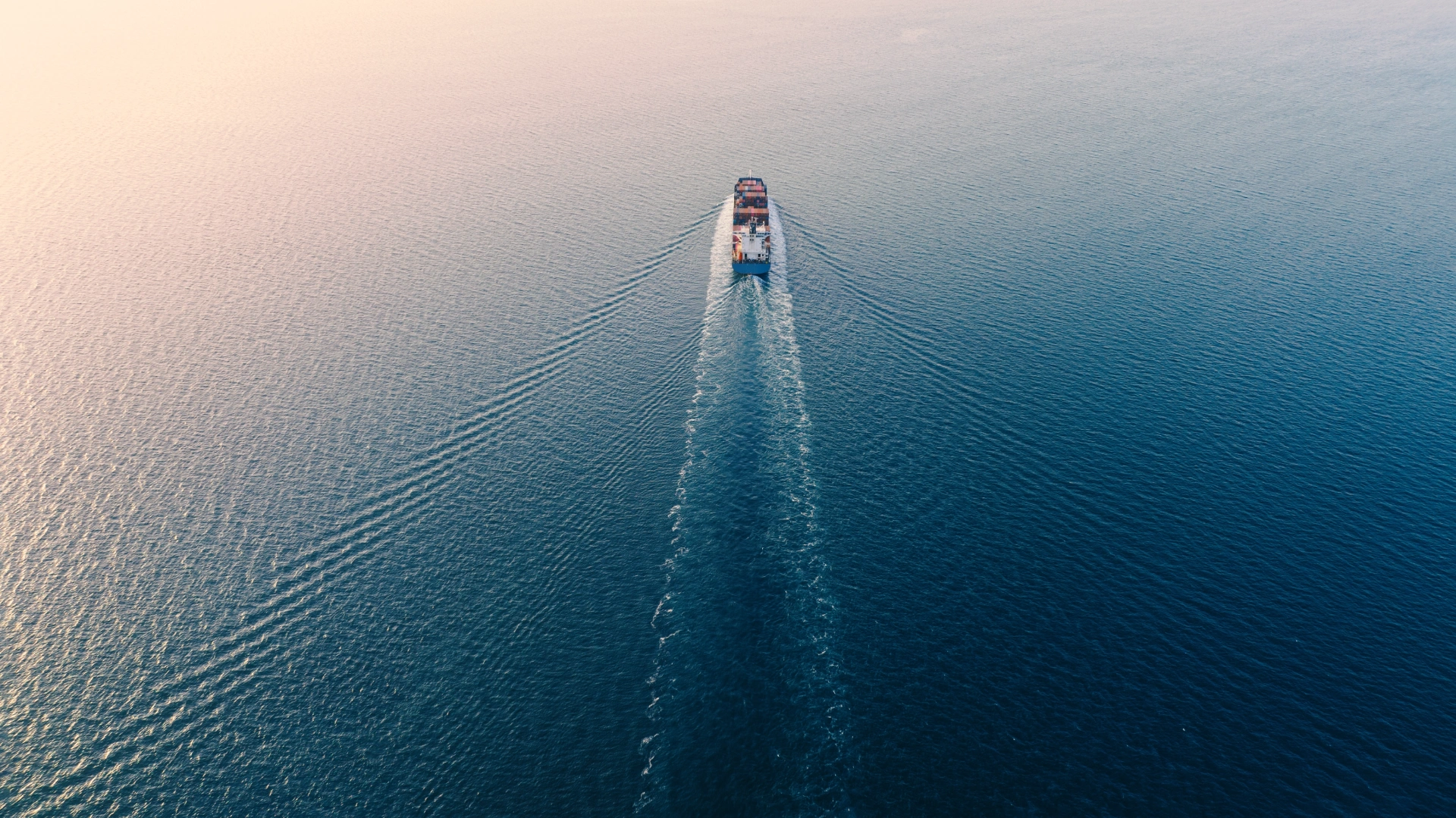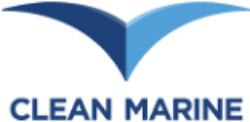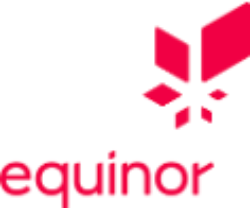In 2025, environmental regulation is front and center of the maritime industry. Shipowners are faced with increasingly more stringent regulations of Green House Gas (GHG) emissions-shaped by the IMO, European Union and other regional authorities. These regulations are motivated by a goal to achieve significant reduction in emissions from the shipping sector, and the implications are substantial – both from an operational and financial perspective.
Fram Marine is working closely with shipowners and technology providers to prepare fleets for what lies ahead. Below, we explore the key regulations taking effect, some of the most relevant technologies that enable compliance, and how shipowners can turn the new rules in the game into strategic opportunities.
The Regulatory Landscape
Several regulatory frameworks are converging to drive decarbonization across the maritime industry. The most recent frameworks for the shipping industry are the EU Emissions Trading System (2024), FuelEU Maritime (2025) and the IMO`s Revised Net-Zero Strategy at MEPC 83 – set to take effect from 2028.
If the IMO`s Revised Net-Zero Strategy is put into effect from 2028, it will set a global ambition for net-zero GHG emissions by around 2050, calculated from well-to-wake. The Net-Zero Strategy includes a fuel standard to gradually lower the GHG intensity of marine fuels and a pricing mechanism for maritime GHG emissions. It will strongly incentivize the use of zero or near-zero fuels and technologies while all fines paid for non-compliance will go into IMO’s Net- Zero Fund.
The FuelEU Maritime has introduced new compliance challenges, by introducing GHG intensity limits on energy used aboard ships calling at EU ports. These limits will become progressively more stringent toward 2050, and non-compliance can result in financial penalties or possible denial of port access and vessel detention. The regulation introduces new mechanisms for compliance – including pooling of vessels, banking of over-compliance and borrowing of future over-compliance, adding complexity to planning but also flexibility for early movers. Aligning with these rules requires a proactive strategy that integrates fuel choice, vessel design, operational planning and technological investments.
Technologies for Compliance
Regulatory alignment is increasingly an integral component of a commercial strategy, and some of the new technologies considered to be key going forward are Alternative Fuels (for instance biofuels, methanol and ammonia), Wind-Assisted Propulsion, Energy Efficiency Technologies (air lubrication systems, haft generators, frequent hull cleaning and propeller duct installation), Onboard Carbon Capture and Storage and Digital Monitoring Systems (for real-time tracking, compliance documentation and performance benchmarking).
Impact for Shipowners and Fram Marine`s role
Emissions compliance now directly affects: CAPEX, OPEX, Port Entry eligibility and asset valuation. The most resilient and competitive fleets will be those that embed compliance into long-term fleet planning, voyage optimization and investment in flexible, future-ready technologies.
At Fram Marine, we deliver tailormade solutions that balance cost-efficiency and regulatory readiness and can assist by advising on optimizing vessel- and fleet- retrofits. Fram Marine can also assist with feasibility-studies, helping ship-owners adapt to both immediate regulatory demands and long-term global frameworks like IMO`s Revised Net-Zero Strategy.
Our goal is to help our clients providing robust and sustainable solutions with a high return on investment that ensures compliance – now and in the future.













